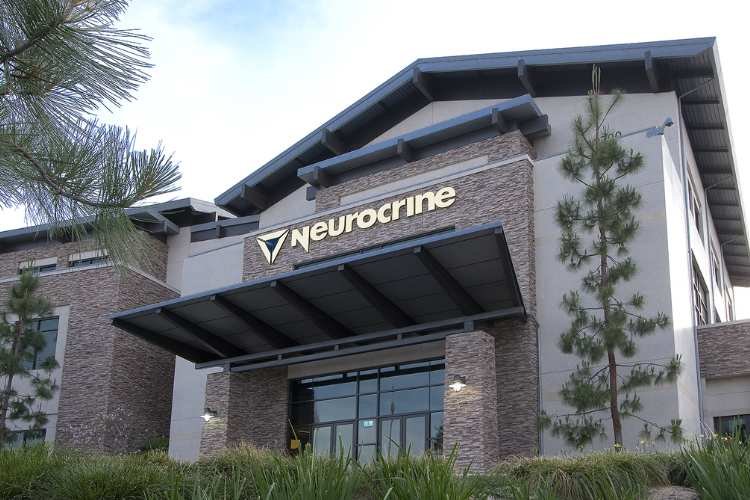Neurocrine Biosciences is banking on its hyperplasia drug, crinecerfont, which analysts predict could be a blockbuster. The company has been in need of a success after discontinuing a Parkinson’s disease medication. Fortunately, phase 3 trial results have been favorable. Crinecerfont demonstrated a statistically significant reduction in daily glucocorticoid dose compared to a placebo over 24 weeks while maintaining androgen control, meeting the primary endpoint of the study. The trial involved 182 patients with classic congenital adrenal hyperplasia due to 21-hydroxylase deficiency.
The study also achieved secondary endpoints, with a statistically significant decrease in androstenedione observed at week 4. Those receiving crinecerfont were more likely to experience a reduction in physiologic glucocorticoid dose, with 63% reporting this benefit compared to 18% in the placebo group.
Crinecerfont was generally well-tolerated, and the most common adverse events reported were fatigue, headache, and coronavirus infection. No serious adverse events were attributed to the drug.
Congenital adrenal hyperplasia encompasses a group of genetic conditions characterized by enzyme deficiencies that affect adrenal hormone production. Approximately 95% of cases result from a mutation causing a deficiency in the enzyme 21-hydroxylase. Currently, there are no FDA-approved non-glucocorticoid treatments available for this condition.
Neurocrine’s Chief Medical Officer, Eiry Roberts, M.D., emphasized the challenges of the current treatment approach, which relies on glucocorticoids for addressing cortisol deficiency and managing androgen excess, often requiring supraphysiologic doses with well-known long-term complications.
With these positive results, Neurocrine remains on track to submit an FDA approval application in 2024. Data from a phase 3 trial involving children is expected in the early fourth quarter of this year. Analysts are already speculating about crinecerfont achieving blockbuster status if it reaches the market.
Currently, Neurocrine’s chief revenue generator is the tardive dyskinesia drug Ingrezza, with projected total sales of up to $1.7 billion this year, excluding a recent label expansion into Huntington’s disease. While the company has experienced challenges in Parkinson’s disease research, such as discontinuing the approved drug Ongentys in May due to an “unsustainable” launch, the success of crinecerfont offers promise for its future pipeline.





























